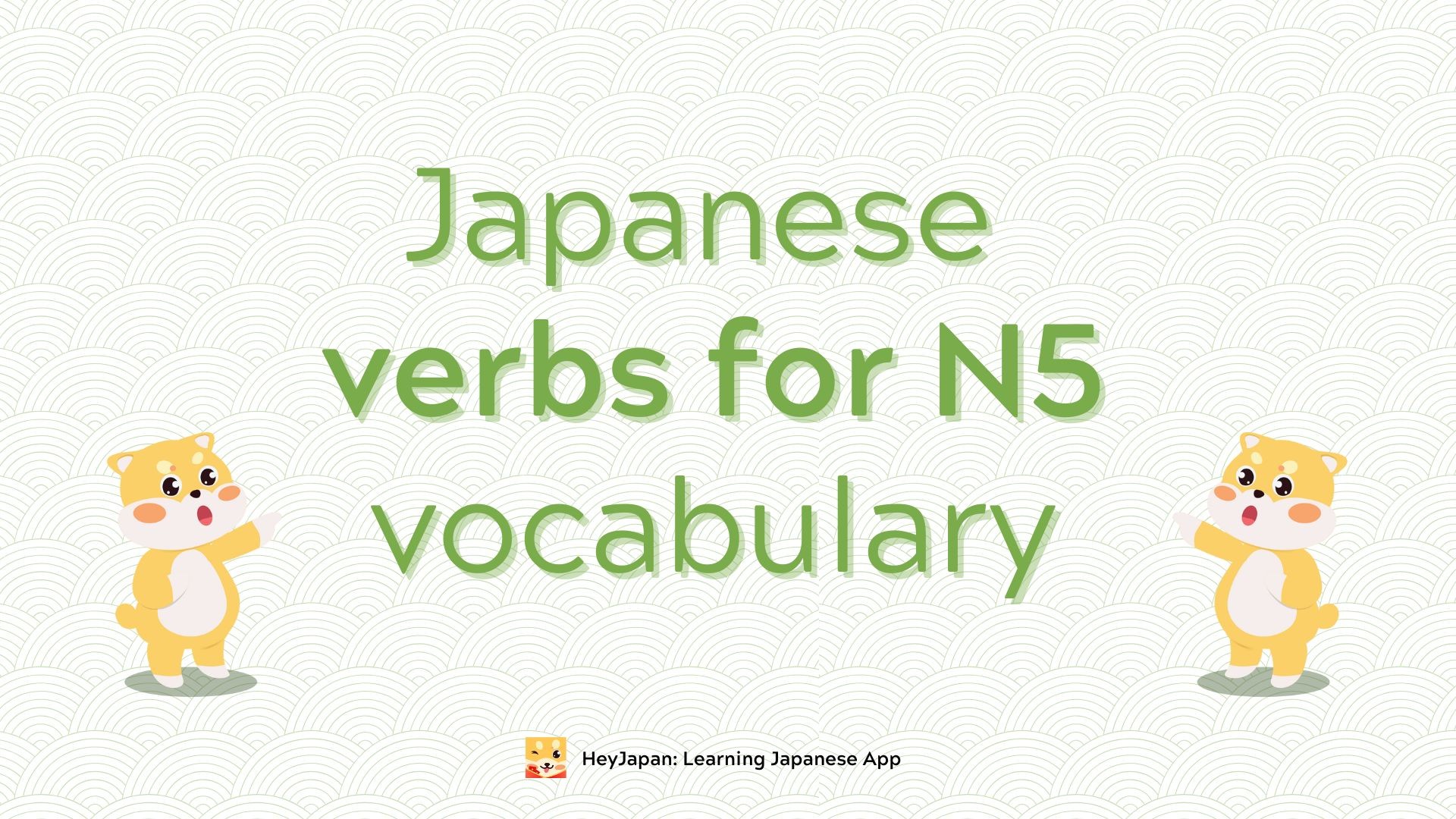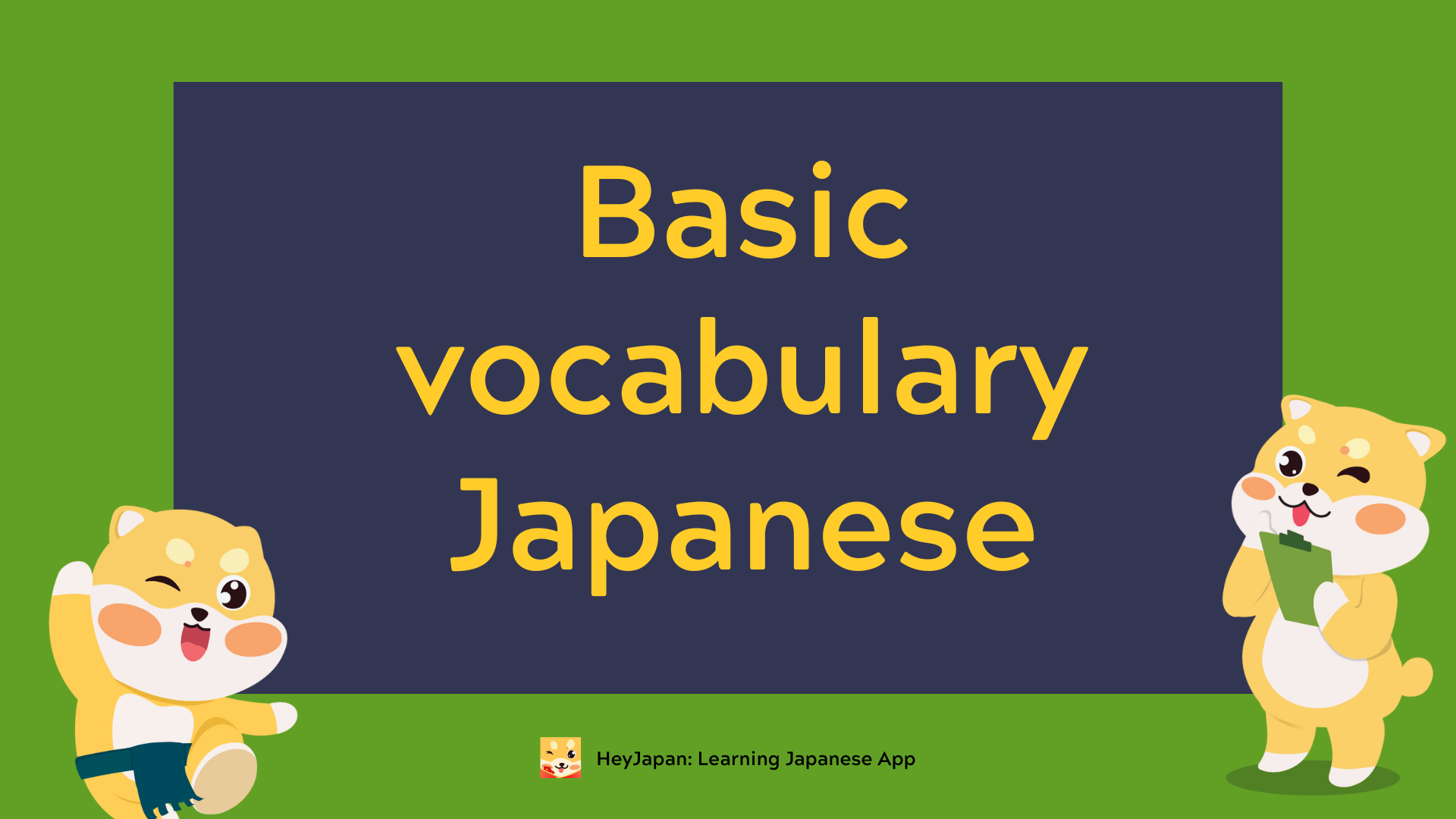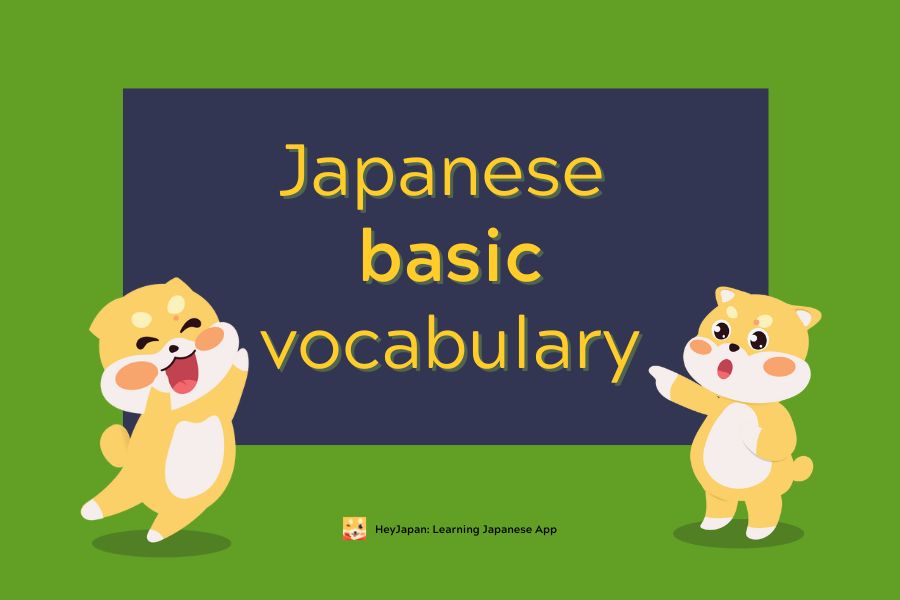- 1. Basic Karate Terminology
- 2. Counting Numbers in Karate
- 3. Karate Stances and Postures
- 4. Karate Techniques
- 5. Karate Ranks and Belts
- 6. Karate Commands and Phrases
- 7. Karate Sparring Terms
- 8. Karate Etiquette
If you're diving into karate, you've come to the right place. This guide will equip you with essential Japanese karate vocabulary, from basic terms and techniques to stances, ranks, and more.
1. Basic Karate Terminology

To get started with karate, you must first familiarize yourself with some basic terms:
- Karate (空手, karate) – The martial art itself.
- Dojo (道場, dōjō) – The training hall or school where karate is practiced.
- Sensei (先生, sensei) – The teacher or instructor who guides students.
- Kihon (基本, kihon) – Basic techniques or fundamentals of karate.
- Waza (技, waza) – Techniques, skills, or methods used in training.
- Kata (型, kata) – A sequence of movements or forms practiced in karate.
- Kumite (組手, kumite) – Sparring, where two practitioners engage in controlled combat.
Explore more topic for Japanese vocabulary
2. Counting Numbers in Karate

- Zero (零, rei)
- One (一, ichi)
- Two (二, ni)
- Three (三, san)
- Four (四, shi/yon)
- Five (五, go)
- Six (六, roku)
- Seven (七, shichi/nana)
- Eight (八, hachi)
- Nine (九, ku/kyu)
- Ten (十, ju)
3. Karate Stances and Postures

Karate places a significant emphasis on stances, as they provide the foundation for movement and power. Some essential stances include:
- Fudo-dachi (不動立, immovable stance) – A strong, stable stance for defense.
- Kiba-dachi (騎馬立, horse riding stance) – A wide stance used for stability.
- Zenkutsu-dachi (前屈立, front stance) – A deep, front-facing stance used for attacking.
- Kokutsu-dachi (後屈立, back stance) – A stance that focuses on defensive actions.
- Heiko-dachi (平行立, parallel stance) – A basic stance where feet are parallel.
Each of these stances plays a crucial role in both offensive and defensive actions in karate.
4. Karate Techniques

- Tsuki (突, punch) – The basic punch, often a straight punch.
- Age-zuki (上げ突, rising punch) – A punch delivered from a lower to higher position.
- Gedan-zuki (下段突, low punch) – A punch aimed at the lower level.
- Mae-geri (前蹴, front kick) – A forward kick aimed at the opponent’s midsection.
- Mawashi-geri (廻蹴, roundhouse kick) – A circular kick aimed at the side of the opponent’s head or body.
- Uke (受け, block) – A defensive movement to stop or deflect an attack.
- Haito-uchi (背刀打, reverse knife-hand strike) – A back-handed strike with the edge of the hand.
5. Karate Ranks and Belts

In karate, practitioners advance through different belts, each representing a level of skill and experience. Here are the common karate ranks:
- Black Belt (黒帯, kuro-obi) – The highest rank.
- White Belt (白帯, shiro-obi) – The beginner’s belt.
- Yellow Belt (黄色帯, ki-iro obi) – The next level.
- Green Belt (緑帯, midori-obi) – Intermediate rank.
- Brown Belt (茶帯, cha-obi) – Pre-black belt rank.
- Kyu (級, kyu) – Ranks below black belt, often represented by colored belts.
- Shodan (初段, first degree black belt) – The first level of black belt rank.
- Nidan (二段, second degree black belt) – The second level of black belt.
- Sandan (三段, third degree black belt) – The third level of black belt.
- Yondan (四段, fourth degree black belt) – The fourth level of black belt.
- Judan (十段, tenth degree black belt) – The highest level of black belt.
The color belt system helps indicate a practitioner’s progress through the different stages of learning.
6. Karate Commands and Phrases
During training or competitions, various commands are used by the sensei (teacher) to direct students. Here are some essential karate commands and phrases:
- Hajime (始め, begin) – Start the action or begin the kata.
- Yame (止め, stop) – Stop the action or sparring.
- Rei (礼, bow) – A bow, showing respect.
- Kiai (気合, spirit yell) – A shout or yell used during an attack to increase focus and power.
- Mokuso (黙想, quiet meditation) – A moment of meditation before or after practice.
- Matte (待って, wait) – Wait, used during training to pause.
7. Karate Sparring Terms

Sparring, known as kumite, involves different actions and terms. Here are a few sparring-related terms you should know:
- Ippon (一本, one point) – A point awarded in sparring for a successful attack.
- Waza-ari (技あり, half point) – A half point awarded for a successful but incomplete technique.
- Aiuchi (相打ち, simultaneous strike) – A situation where both opponents land a strike at the same time.
- Jogai (除外, out of the ring) – When a competitor steps out of the designated sparring area.
8. Karate Etiquette
Respect and etiquette are fundamental to karate training. Here are a few important etiquette-related terms:
- Sensei ni rei (先生に礼, bow to the teacher) – Bowing to the teacher as a sign of respect.
- Otagai ni rei (お互いに礼, bow to each other) – Bowing to each other as a sign of mutual respect.
- Shomen ni rei (正面に礼, bow to the front) – Bowing to the front, often to the dojo or the front of the room.
- Seiza (正座, sit quietly) – A formal sitting posture used in meditation and during certain parts of training.









